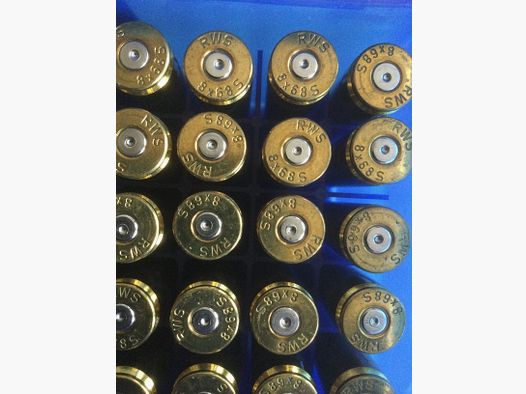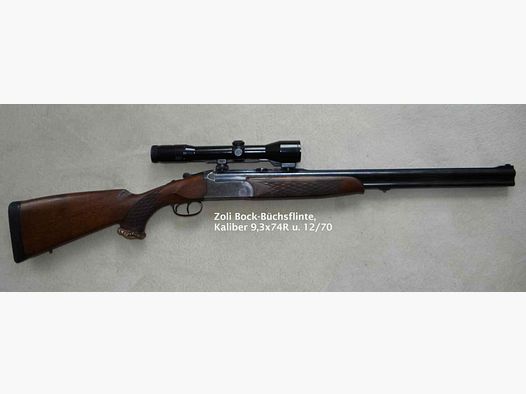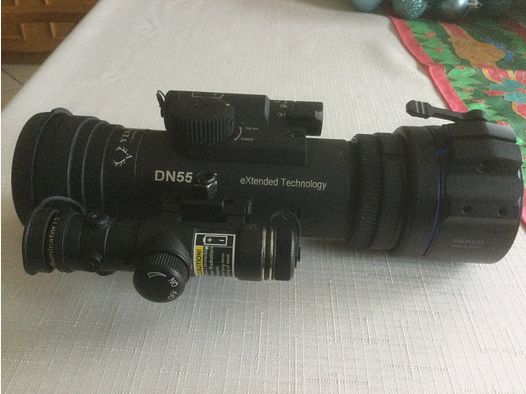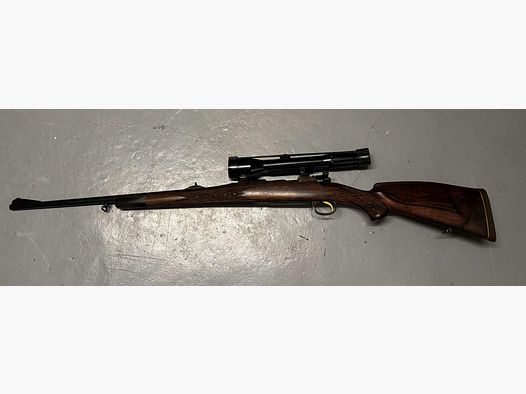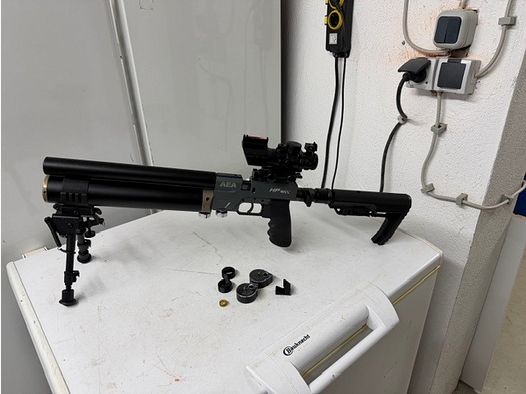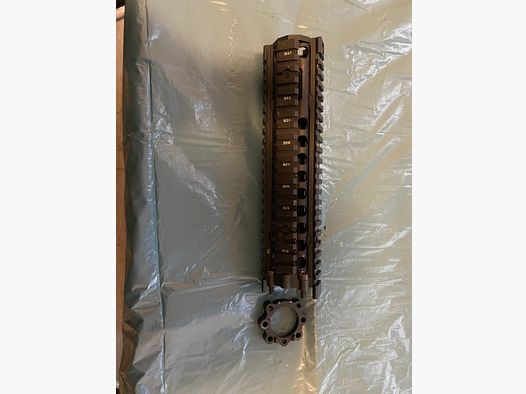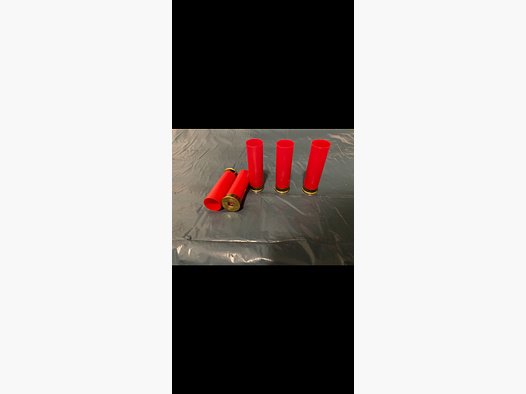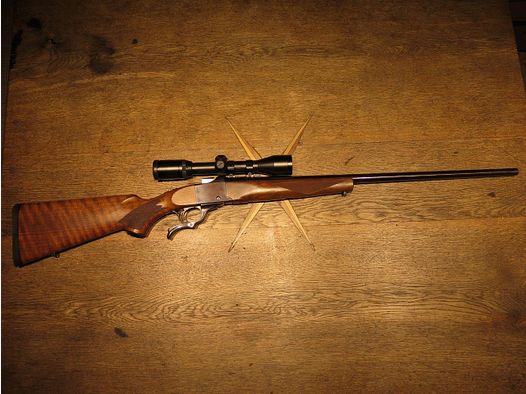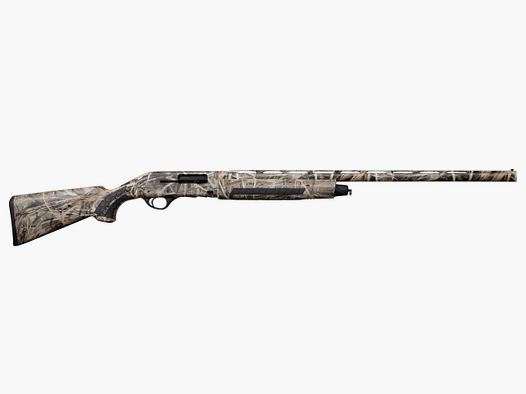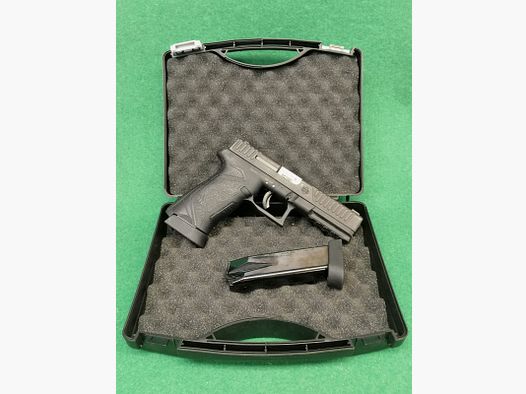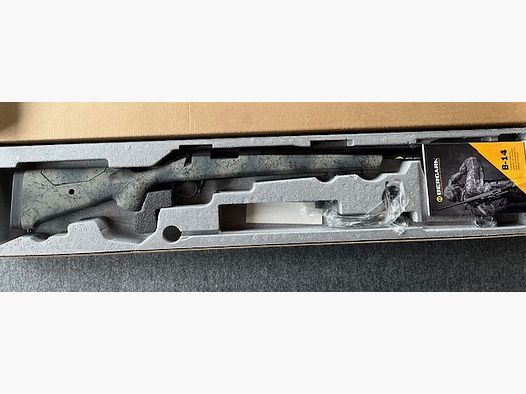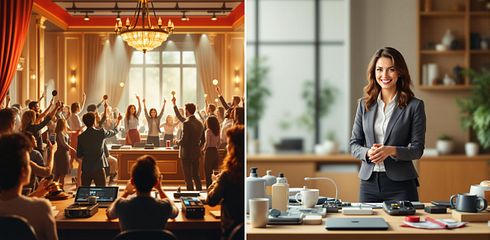Picatinny and Weaver rails are the two most common mounting systems for firearm optics and accessories. Although they look similar, there are important differences that affect their compatibility. Here are the key facts:
- Slot Width: Picatinny slots are wider (5.23 mm) than Weaver slots (4.57 mm).
- Spacing: Picatinny has standardized spacing (10.01 mm), while this varies for Weaver.
- Compatibility: Weaver accessories often fit on Picatinny rails, but Picatinny accessories rarely fit on Weaver rails.
- Stability: Picatinny is more stable and better suited for heavy accessories.
- Applications: Weaver is ideal for lightweight hunting rifles, while Picatinny is suited for tactical applications and rifles with heavy recoil.
Quick Comparison
| Feature | Picatinny | Weaver |
|---|---|---|
| Slot Width | 5.23 mm | 4.57 mm |
| Spacing | Standardized (10.01 mm) | Variable |
| Compatibility | Universal | Limited |
| Stability | Very high | Limited |
| Application | Tactical, heavy accessories | Lightweight hunting optics |
Conclusion: Picatinny rails offer more stability and compatibility, while Weaver rails are suitable for lighter optics and traditional applications.
Quick Tip: Picatinny vs Weaver Rail - What's the Diff?
Design and Technical Specifications
The technical differences between Picatinny and Weaver rails are crucial when it comes to the compatibility of accessories such as optics or other attachments. These differences primarily concern the dimensions of the slots, the spacing, and the material.
Slot Dimensions and Spacing
A central difference lies in the width of the slots. Picatinny rails have a standardized slot width of 5.23 mm (0.206 inches), while the slots on Weaver rails are 4.57 mm (0.180 inches) wide. This difference of 0.66 mm is crucial for the fit of the accessories.
"MIL-STD-1913 (Picatinny) grooves are .206″ wide and have a center-to-center width of .394". The placement of these grooves has to be consistent in order for it to be a true 'Picatinny' MIL-STD system. Weaver systems have a .180" width of recoil groove and are not necessarily consistent in a center-to-center measurement from one groove to the next." - Brownells
The spacing between the slots also differs significantly. For Picatinny rails, the distance between the slot centers is exactly 10.01 mm, which corresponds to a standardized measurement. Weaver rails, on the other hand, have no fixed spacing – the placement of the slots varies by manufacturer.
The depth of the slots is another point. Picatinny rails have a depth of 3.00 mm, allowing for a secure attachment. Weaver rails are usually shallower, and the depth is less uniform, which can affect stability.
In addition to these dimensions, the design of the profile also plays a role in functionality and stability.
Rail Profiles and Material
The profile of the rails also differs. Picatinny rails have square, angular slots with sharp edges that ensure a precise fit. In contrast, Weaver rails feature a modified dovetail design with rounded slots and an overall lower profile.
Another difference is the height: Picatinny rails are taller than Weaver rails. This additional height can be relevant when mounting optics, but it also provides more stability, especially with heavier attachments.
Both systems are typically made from aluminum or steel. Aluminum is lighter and more resistant to corrosion, while steel offers higher wear resistance. The choice of material affects both the weight and durability of the rail.
The stability of Picatinny rails is generally higher due to the standardized dimensions and robust design. They are particularly well-suited for heavy attachments and can withstand heavy recoil. Weaver rails may reach their limits with intensive use or heavy optics, as their dimensions are less uniform and load-bearing capacity can vary.
Compatibility of Accessories
These technical differences mean that Weaver accessories often fit on Picatinny rails, as the narrower Weaver mounts can be inserted into the wider Picatinny slots. Conversely, this is rarely the case: Picatinny accessories do not fit into the narrower slots of Weaver rails due to the wider mounts. This detail is particularly important when selecting accessories for a specific rail.
Compatibility of Mounts and Accessories
The technical differences between Weaver and Picatinny rails often lead to compatibility working in only one direction in practice.
Overview of Cross Compatibility
The rule of thumb is: Weaver accessories often fit on Picatinny rails, while Picatinny accessories are usually too wide for Weaver rails. The reason for this lies in the different slot widths and spacings defined in the standards.
Another aspect is the manufacturing tolerance. Weaver systems allow for greater deviations, while the Picatinny system is manufactured precisely according to the MIL-STD-1913 standard. Since May 2012, the firearms industry has largely agreed on this standard to unify compatibility for tactical accessories. As a result, Picatinny has established itself as the preferred system for modern applications.
These differences directly influence the selection and use of accessories. Let's look at some typical examples.
Common Accessory Examples
Scope mounts are a classic example of potential compatibility issues. Weaver rings often fit on Picatinny rails, but this does not automatically mean that the combination is stable. When using Weaver rings on Picatinny rails, it is important to push the rings forward in the slot so that the front cross bolt serves as a recoil stop. This ensures a secure attachment, even under heavy recoil.
Lighter optics and smaller attachments, such as red dot sights or laser pointers, often use only a locking bolt and are therefore frequently suitable for both systems.
A positive example of thoughtful design is EGW (Evolution Gun Works). The company develops scope mounts and rings in the Weaver style that are compatible with both Picatinny and Weaver rails.
"We've designed our scope mounts and rings to provide shooters with maximum compatibility and performance... Our scope rings are engineered in the Weaver style, meaning they are compatible with both Picatinny and Weaver rails."
– EGW
Table: Compatibility of Accessories
| Accessory Type | Weaver on Picatinny | Picatinny on Weaver | Special Features |
|---|---|---|---|
| Scope Mounts | Compatible | Not compatible | Push rings forward |
| Red Dot Sights | Compatible | Not compatible | Lighter optics usually more flexible |
| Bipods | Compatible | Not compatible | Pay attention to bolt width |
| Flashlights | Compatible | Not compatible | Single bolt systems more flexible |
Practical Tips
To ensure compatibility, it is advisable to measure the cross bolts of the scope mount. Weaver bolts are narrower and often fit both systems. With heavy attachments, such as large scopes, caution is advised: The standardized Picatinny spacings of about 10.01 mm ensure an even load distribution. In contrast, the irregular spacings on Weaver rails can become problematic under high loads.
Especially with expensive optics, it is advisable to check the dimensions before purchasing. Even if there is a basic compatibility, manufacturing tolerances can lead to certain combinations not fitting optimally together. These tips help apply the technical knowledge described above in practice.
sbb-itb-1cfd233
Applications and Areas of Use
After looking at the technical details, it becomes clear how the historical origins of the two systems shape their current use. While the Weaver system emerged from civilian hunting, the Picatinny system was originally developed for military purposes. However, both systems have proven themselves in various fields.
Historical Development
The Weaver system was developed in 1930 by William Weaver specifically for mounting his scopes. The Picatinny system, on the other hand, emerged in the early 1990s for military applications and was standardized in 1995 as MIL-STD-1913. Later, in 2009, NATO adopted the system under the designation STANAG 4694. This international standardization made the Picatinny system popular not only in the military sector but also in civilian applications. Today, it offers broad compatibility between products from different manufacturers. These developments continue to influence the use of the systems today and are particularly relevant for hunters and sport shooters.
Relevance for Hunters and Sport Shooters
The different origins of the systems are reflected in their applications. The Weaver system, with its traditional design, is ideal for classic hunting rifles. It is particularly suitable for lighter optics and rifles with low recoil. Thanks to its simple design, it can be easily mounted on older rifles. In classic hunting, where heavy optics are often not required, the Weaver system remains a proven choice.
On the other hand, the Picatinny system offers clear advantages for modern hunters and sport shooters. Since May 2012, the firearms industry has largely agreed on the MIL-STD-1913 standard, allowing for universal compatibility for tactical accessories. The standardized slot spacings of 10.01 mm ensure even load distribution – a crucial factor when using heavy optics or rifles with strong recoil. For precision shooters looking to mount accessories such as red dot sights, scopes, or tactical flashlights, the Picatinny system offers high stability and versatility.
Another advantage of the Picatinny system is the wide availability of accessories. Platforms like Gunfinder offer a large selection of compatible optics, ammunition, clothing, and other equipment. The greater prevalence of this standard is reflected in the variety of available accessories.
For rifles with heavy recoil and tactical applications, the Picatinny system is particularly suitable. The precisely manufactured, right-angled slots ensure a secure fit, even under extreme conditions. In contrast, mounts on Weaver rails can slip under heavy recoil, which can affect precision.
The decision between the two systems largely depends on the intended use. Traditional hunters using proven rifles will find a suitable solution in the Weaver system. However, those who value versatility, stability, and the ability to use modern accessories will appreciate the advantages of the Picatinny system.
Advantages and Disadvantages: Direct Comparison
A look at the technical details and typical areas of use shows that both rail systems – Weaver and Picatinny – have their own advantages and limitations. Which solution is right depends heavily on the intended use.
The Weaver system scores with a lower weight and a slimmer design. With a slot width of 4.57 mm, it is narrower than the Picatinny system and is therefore particularly popular among hunters who value lightweight equipment. The ability to position the slots flexibly makes it easier to adapt to various optics and accessories.
However, there are also weaknesses: The compatibility is limited. While Weaver mounts can often be used on Picatinny rails, this usually does not work in reverse. Additionally, the lower stability with rifles that have heavy recoil can be problematic, as mounts may slip.
The Picatinny system, on the other hand, impresses with its universal applicability. Since May 2012, the firearms industry has largely agreed on the MIL-STD-1913 standard, allowing for an enormous selection of accessories. Thanks to the precise and standardized slot spacings, the system offers high stability, even with heavy accessories or strong recoil. For sport shooters who frequently switch between different mounts, this versatility is a clear advantage.
However, a disadvantage of the Picatinny system is its higher weight and somewhat bulkier design. With a slot width of 5.23 mm, it can represent unnecessary ballast for hunters who primarily use lightweight scopes.
Comparison Table of Advantages and Disadvantages
| Aspect | Weaver System | Picatinny System |
|---|---|---|
| Weight | Light and compact | Heavier and bulkier |
| Stability | Limited under recoil | Very stable, even with heavy accessories |
| Compatibility | Limited | Universally compatible |
| Flexibility | Variable positioning | Standardized positions |
| Accessory Selection | Less available | Large selection due to standard |
| Application Area | Lightweight hunting optics | Tactical applications, heavy optics |
Summary: If you prefer a lightweight and traditional setup, the Weaver system is a good choice. For maximum stability and versatility, especially with rifles that have heavy recoil or heavy optics, the Picatinny system is the better option.
Check out Gunfinder to find the right accessories for your rail system. You will quickly notice that the variety of accessories for the Picatinny standard is significantly larger. With this comparison, you can specifically decide which system best meets your requirements.
Conclusion
The choice between Picatinny and Weaver rails largely depends on what you want to use your weapon for. Both systems have their strengths, but their technical differences make them better suited for different applications.
Since February 3, 1995, the Picatinny system has been established as an industry standard. With standardized slot spacings of 10.01 mm and a slot width of 5.23 mm, it offers maximum stability and high compatibility. The firearms industry has largely agreed on the MIL-STD-1913 standard since May 2012.
An advantage of the Picatinny system is that accessories designed for Weaver rails generally also fit on Picatinny rails. Conversely, Picatinny accessories are often too wide for Weaver rails. This gives sport shooters and hunters who want to use different optics a significantly larger selection with Picatinny rails.
The slimmer and lighter Weaver system is particularly well-suited for classic hunting rifles and lighter scopes. The more flexible positioning of the slots can also be advantageous in certain cases.
In summary, it is evident that the Picatinny system is the better choice for most modern applications. The standardization ensures reliable and universal compatibility – a crucial factor, especially in tactical operations or when using heavy accessories. Whether you prefer classic hunting optics or modern tactical equipment: Your choice of rail directly influences the precision and safety of your weapon.
Before making a decision, it is worthwhile to analyze your requirements closely. At Gunfinder, you will find a wide selection of accessories for both systems. Especially for Picatinny-compatible items, the product variety is enormous. The right rail is ultimately the one that perfectly fits your weapon and intended use.
FAQs
What advantages does a Picatinny rail have over a Weaver rail when using heavy accessories?
The Picatinny rail has some clear advantages over the Weaver rail, especially when it comes to heavy accessories. It is constructed to be more stable, offers a firmer attachment, and can withstand more intense loads. Additionally, it is less sensitive to extreme temperatures, which significantly increases its lifespan.
Due to its precise manufacturing and standardized design, the Picatinny rail can be combined with a wide range of accessories. This versatility and reliability make it the preferred choice for hunters and sport shooters who value robust and flexible equipment.
What are the differences in slot spacing between Picatinny and Weaver rails, and how do they affect accessory compatibility?
The spacing between the slots is a decisive feature that distinguishes Picatinny rails from Weaver rails. For Picatinny rails, the slot spacings are standardized and measure exactly 5.23 mm (0.206 inches). In contrast, the spacings on Weaver rails vary and are generally narrower.
This leads to accessories designed for Weaver rails often being compatible with Picatinny rails. Conversely, this rarely works, as the wider slots of the Picatinny rails do not fit into the narrower grooves of the Weaver rails. Therefore, when purchasing accessories, ensure they match your rail system to avoid compatibility issues.
Why was the Picatinny system established as an industry standard, and how does this affect the availability of accessories?
The Picatinny rail system was officially declared a MIL-STD 1913 standard in 1995. This standardization has significantly facilitated the use and integration of accessories such as optics, lights, or lasers. With the established dimensions and specifications, many accessories can be used across manufacturers without issues.
For users, this primarily means one thing: more choices. Accessories can be mounted, exchanged, or expanded more easily without being tied to specific brands. This flexibility and wide availability make the Picatinny system extremely popular among both hunters and sport shooters.





